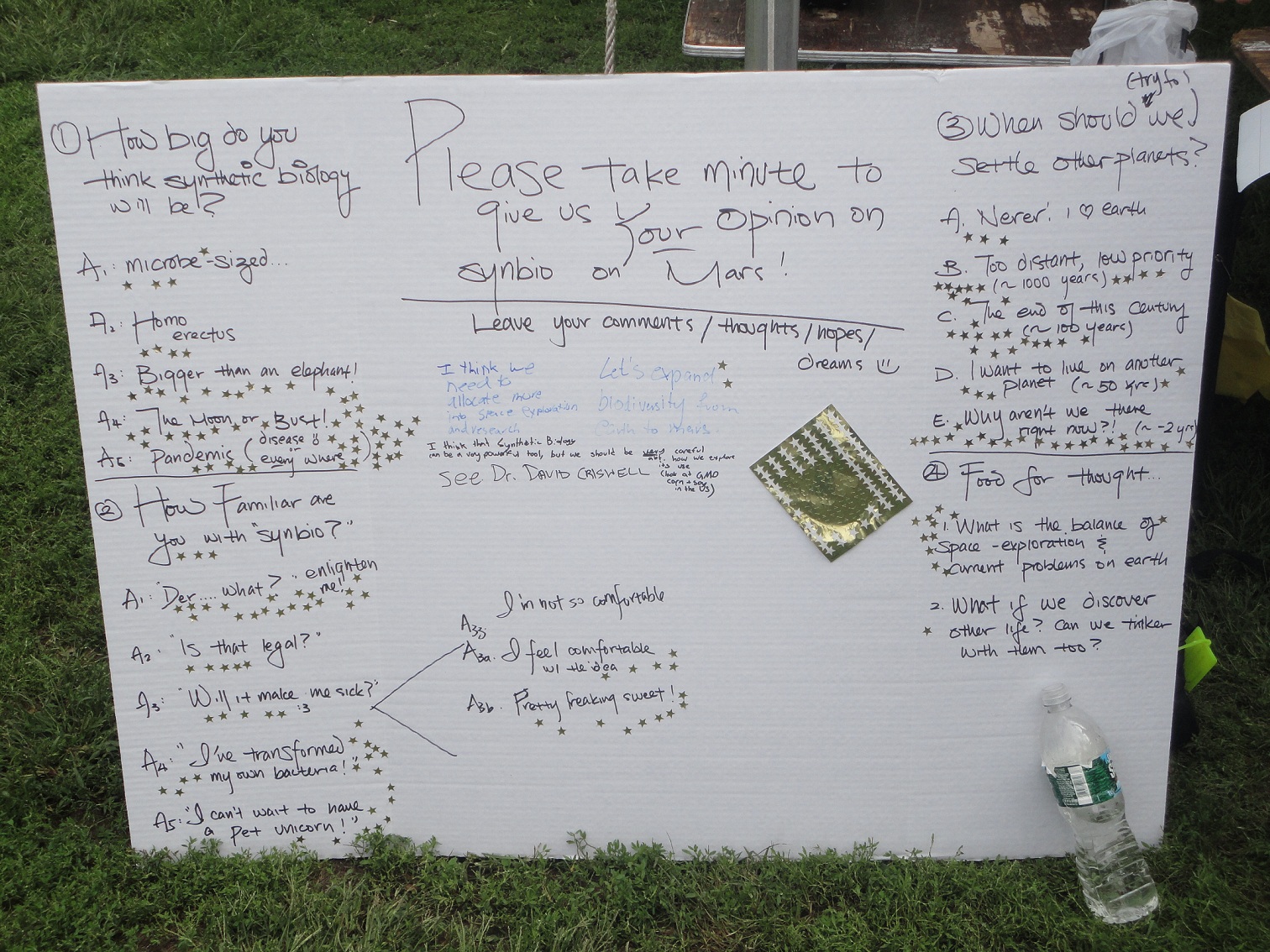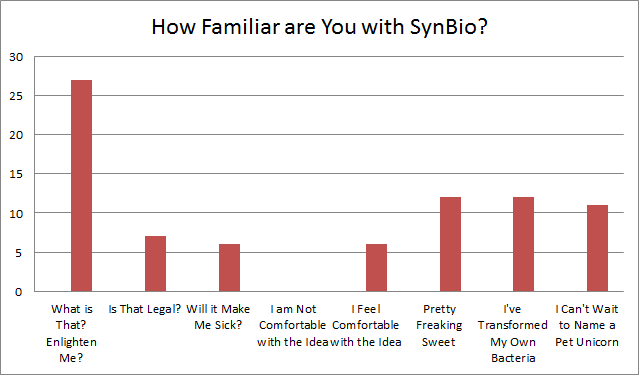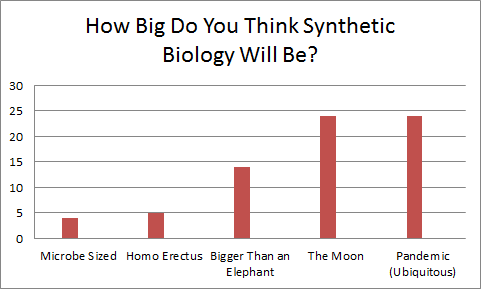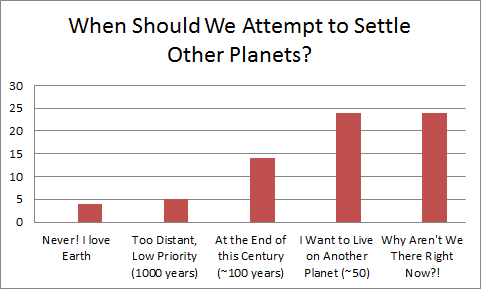Team:Brown-Stanford/MakerFaire
From 2011.igem.org
Maker Faire NYC
We got in touch with the organizers of Maker Faire, an international event organized by Make Magazine to "celebrate arts, crafts, engineering, science projects and the Do-It-Yourself (DIY) mindset." The first convention was held in the Bay Area in 2006, but has since expanded to satellite locations each year across the US, Canada, and the UK.
Our iGEM team was invited to 2011 Maker Faire NYC, which drew over 25,000 people to the New York Hall of Science in Queens for a weekend of interactive exhibits, hands-on activities, and creative dialogue.
We set up a Maker booth alongside hundreds of other inventors, artists, and engineers. Our exhibit featured a diorama of RegoBricks on a landscape of Martian soil simulant, and petri dishes of our S. pasteurii changing environmental pH via the urease enzyme.
Our project was admittedly loftier and more conceptual than many of the inventions and crafts featured at Maker Faire, but space exploration clearly was a well received topic. The Brown-Stanford table received a constant stream of visitors throughout the weekend. We passed out over 300 pamphlets and probably talked with a few hundred other people (of all ages!).
On the human practice considerations of our project (the focus of an online feature we produced), we had many in depth conversations at Maker Faire. People expressed their opinions how we should be expanding into space, or whether we should be expanding at all. We also tried to capture a range of public sentiment with our interactive survey.
It seemed like everyone was excited by the idea of using engineered biology for space. One recurring questions we encountered was, "how far in the future is all of this?" The current capabilities of synthetic biology were often a little unclear; some people already seized on the idea of synthesizing life and offered us grand suggestions for additional Mars BioTools (genetically modified astronauts?). Other people were incredulous towards something as familiar to us as a DNA Registry. It is worth reflecting on the power of science, and scientists, to capture the public imagination, even when it is not fully understood.
 "
"











